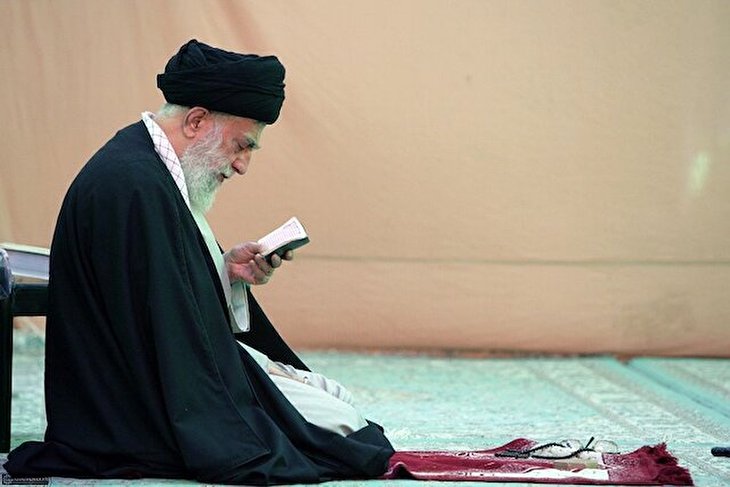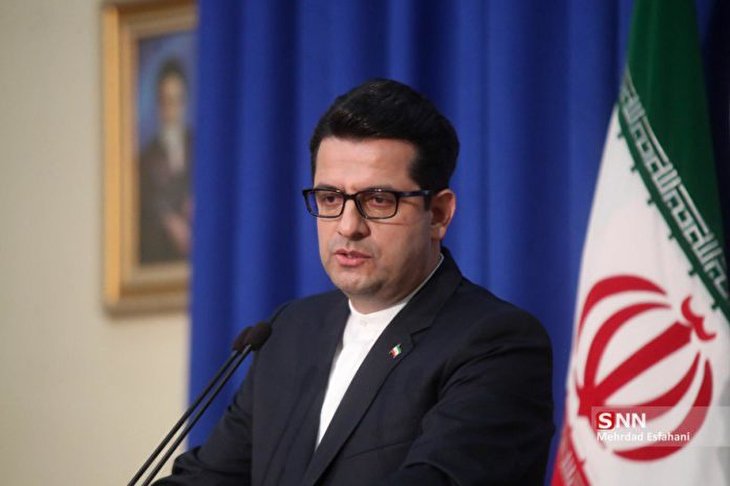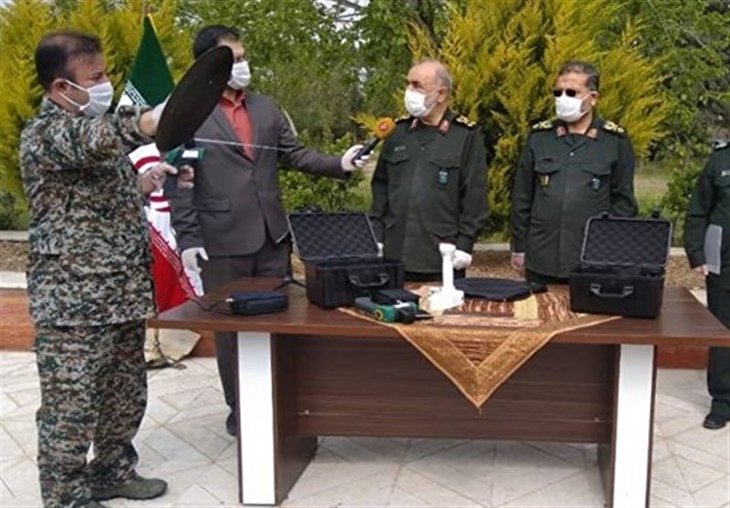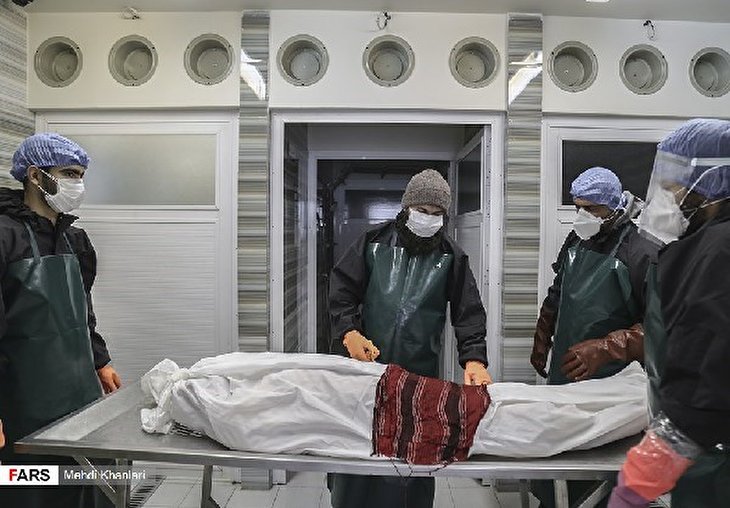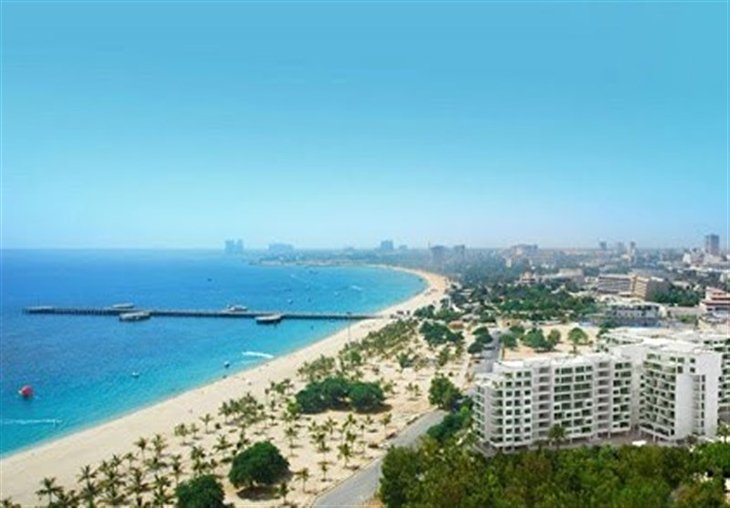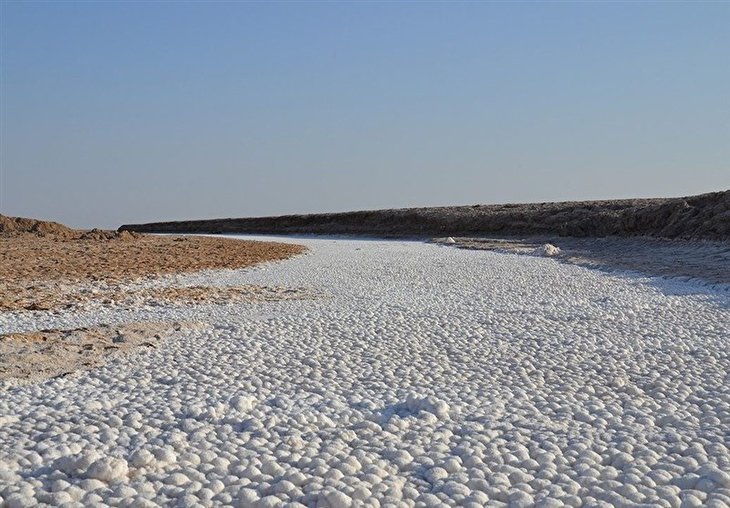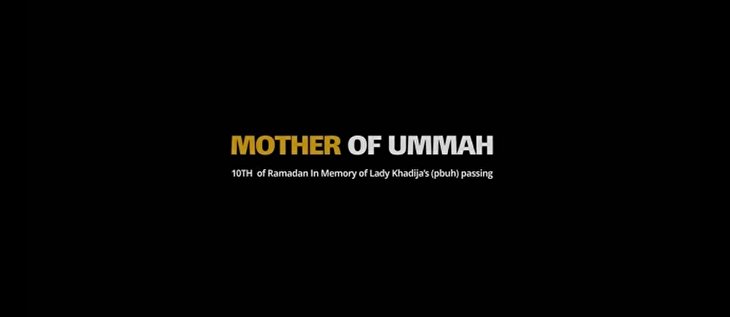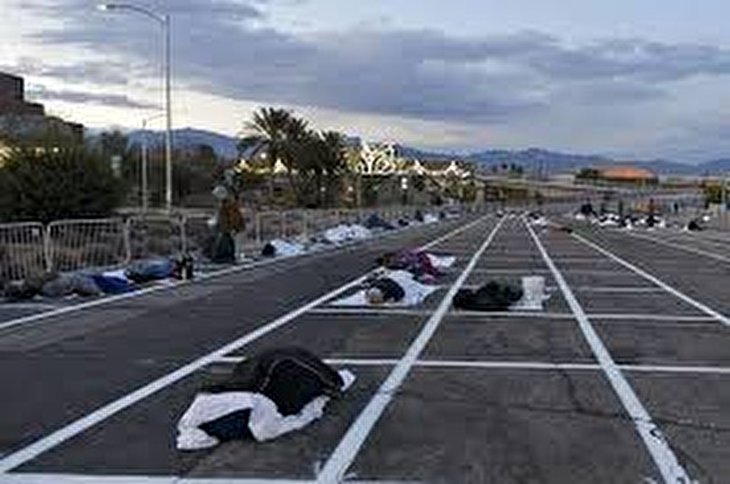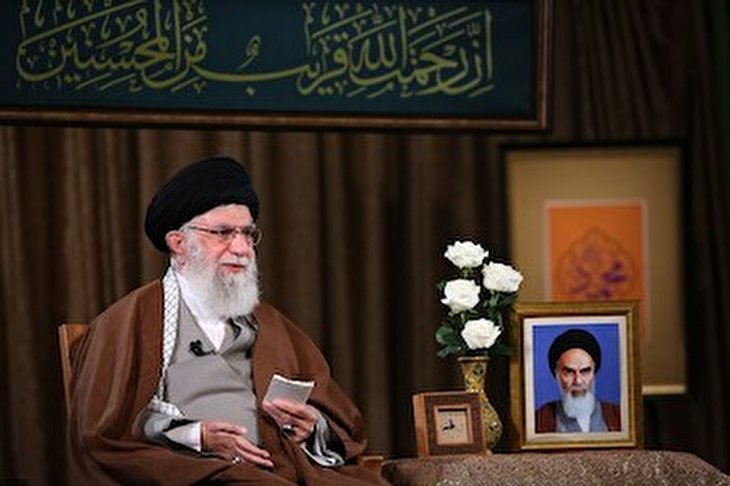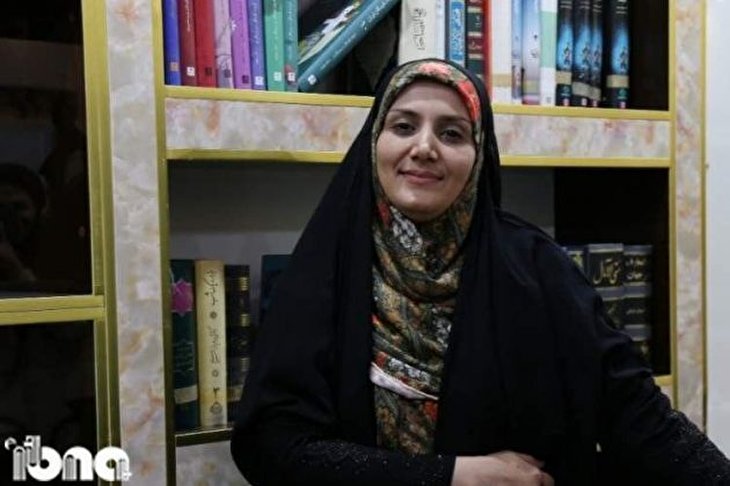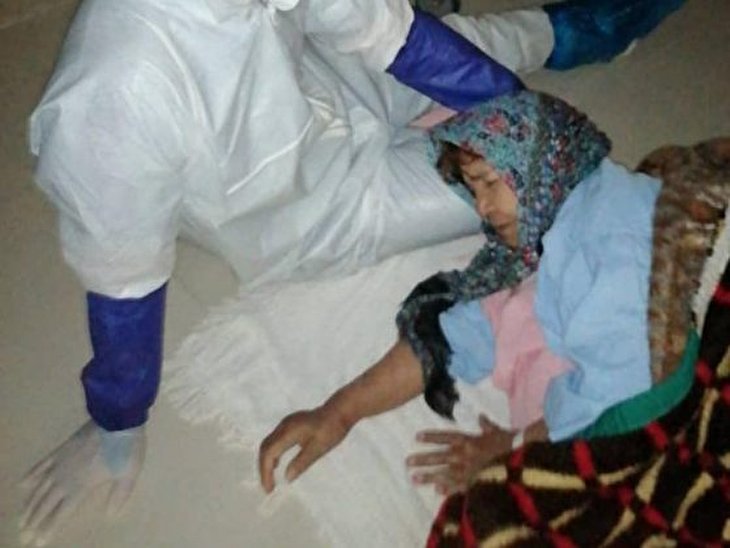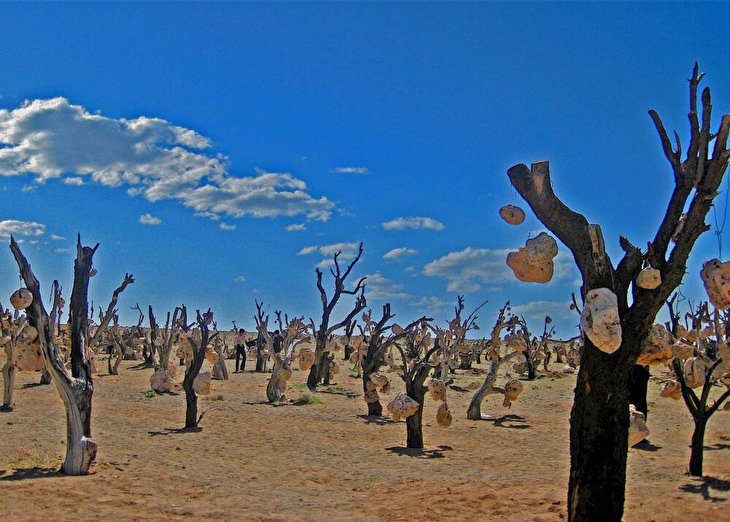
North Korea's Kim Jong-un claims new missile can strike US targets in Pacific

The North Korean leader, who personally monitored Wednesday’s missile tests, described the launch as a "great event” that vastly improved the North’s pre-emptive nuclear attack capability, according to the official KCNA news agency.
"We have the sure capability to attack in an overall and practical way the Americans in the Pacific operation theatre,” KCNA quoted Kim as saying.
theguardian.com reports:
Five previous Musudan tests ended in failure. But the second of two
Musudans fired on Wednesday flew 250 miles (400km) – equivalent to half
the distance to Japan’s main island of Honshu – before coming down in
the Sea of Japan.
Tokyo expressed heightened concern about the military threat as the missile flew the longest distance to date for a Musudan. "The threat to Japan is intensifying,” said Gen Nakatani, Japan’s defence minister.
As the UN security council met to discuss its response, the American
defence secretary, Ashton Carter, said the tests underlined the need for
Washington and its allies to quickly deploy missile defence systems in
the region.
"I don’t know whether it was successful. I don’t know what the test objectives were as seen by the North Koreans,” Carter told reporters in Kentucky.
"But for whatever reason, and with whatever level of success, this shows the need for us to continue to do what we’re doing, which is build these missile defences of various ranges to protect both our South Korean allies, US forces on the Korean Peninsula, Japan, and US territory.”
US officials said this month that plans for deployment of the Terminal High Altitude Area Defence (Thaad) system were moving ahead, and an announcement could be expected soon, despite Chinese opposition to the move.
The UN secretary general, Ban Ki-moon, described the ballistic
missile launches as a "brazen and irresponsible act” in defiance of
security council resolutions banning North Korea from using ballistic missile technology.
North Korea’s "continued pursuit ... of nuclear weapons and ballistic missiles will only undermine its security and fail to improve the lives of its citizens”, said Ban’s spokesman, Farhan Haq.
With a theoretical range of between 2,500km and 4,000km a fully
operational Musudan would be able to reach targets that could include
South Korea, Japan and the US Pacific territory of Guam.
The first missile launched on Wednesday flew about 90 miles before disintegrating, according to South Korean reports.
But Kim’s regime made clear it considered the second launch a success – a claim echoed by some experts who pointed out that the missile had reached an altitude of about 1,000km.
"We have to see it as a success,” Lee Choon-geun, an analyst at the
Science and Technology Policy Institute in South Korea, said of the
second launch. "No other [previous] missiles fired by North Korea have
ever flown that high.”
Experts said North Korea appeared to have launched the second missile
on an unusually high trajectory so that it would avoid violating
Japanese air space.
The missiles would usually be test-fired at a flatter angle to
maximise their range, according to Jeffrey Lewis at the Middlebury
Institute of International Studies in California. "That suggests the
missile worked perfectly,” he said. "Had it been fired at its normal
angle, it would have flown to its full range.”
In April North Korea attempted unsuccessfully to launch three suspected Musudan missiles. All exploded in mid-air or crashed, according to South Korean defence officials. Late last month, North Korea had another suspected Musudan failure, South Korean officials said.
Japan’s prime minister, Shinzo Abe, condemned the launches: "We find it utterly unforgivable.” Japan would "respond to the situation through coordination with the United States and South Korea”, he said.
The South Korean president, Park Geun-hye, said repeated missile and nuclear tests had set North Korea on a dangerous path.
"The North Korean regime should realise that complete isolation and self-destruction await at the end of reckless provocation,” Park said.
The UN security council held an emergency meeting after the launches and the US ambassador, Samantha Power, called for "urgent and united condemnation”.
White House spokesman Josh Earnest said: "The impact of these provocations will be to only strengthen the resolve of the international community that has such serious concerns with North Korea’s behaviour.
"The United States will do what we have done in the past, which is
work with the international community, particularly our allies in South
Korea and Japan.”
Lewis, the missile expert, warned that North Korea would eventually
iron out any technical problems with the Musudan and then use the
lessons to increase the threat to the US. "If North Korea continues
testing, eventually its missileers will use the same technology in a
missile that can threaten the United States,” he said.
The launches demonstrate the determination of Kim Jong-un to defy UN
security council resolutions banning North Korea from developing
ballistic missile technology. The regime has also pressed ahead with
nuclear tests despite international sanctions.
The UN security council, with the support of the North’s main
diplomatic ally China, imposed new sanctions in March after Pyongyang
conducted its fourth nuclear test and launched a long-range rocket.
North Korea claimed the rocket was carrying an observation satellite,
but the launches are seen as an opportunity for the state to test
ballistic missile technology.
